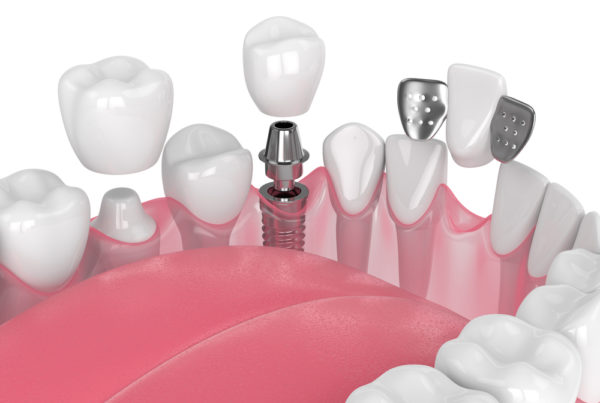Visiting the dentist often conjures up images of dental chairs, needles, and the infamous whirring sound of dental equipment. For many, the fear of pain during dental procedures can be quite unsettling. However, there’s good news! Modern dentistry has evolved to make the dental experience much more comfortable, even without the use of sedation or specialized equipment. In this blog post, we’ll explore the techniques and strategies that dentists employ to create a pain-free dental experience for their patients.
The Importance of Pain-Free Dentistry
Pain-free dentistry is not just about keeping patients comfortable; it’s also essential for ensuring regular dental care. When patients associate dental visits with pain, they are more likely to delay or avoid appointments altogether. This can lead to the development of dental issues that could have been prevented with timely care. So, how do dentists achieve this delicate balance between oral health and patient comfort?
The Gentle Approach
- Topical Anesthetics: Many dental procedures begin with the application of topical anesthetics. These gels or creams numb the surface of the oral tissues, reducing the initial discomfort associated with needle injections.
- Slow and Gentle Injections: Dentists administer local anesthetics slowly and gently. This careful approach minimizes the sensation of the needle and the discomfort it may cause.
- Effective Numbing: Ensuring that the local anesthetic has fully taken effect before beginning dental work is crucial. Patients should not experience pain during the procedure.
- Communication: Open and honest communication between the dentist and the patient is key. Dentists explain the procedure in detail, set expectations, and encourage patients to express any discomfort they may feel.
Beyond Anesthesia
- Distraction Techniques: Dentists often use distraction techniques like playing calming music or engaging in friendly conversation to help patients relax and divert their attention from the procedure.
- Pain Assessment: Dentists continuously monitor a patient’s comfort level throughout the procedure. They may use non-verbal cues or simple signals to check on the patient’s pain threshold.
- Comfortable Positioning: Proper patient positioning ensures comfort during the procedure, reducing the likelihood of discomfort.
Mind-Body Techniques
- Relaxation Techniques: For patients who experience anxiety or discomfort during dental procedures, relaxation techniques such as deep breathing or visualization can be remarkably effective in managing pain.
- Behavior Management: When treating children, dentists employ behavior management techniques such as tell-show-do and positive reinforcement to ease anxiety and minimize discomfort.
Conclusion
Modern dentistry places a high emphasis on patient comfort, and the art of pain-free dentistry is continuously evolving. While some discomfort might still be associated with certain dental procedures, dentists employ a range of techniques and strategies to minimize it without relying on sedation or special equipment.
Regular dental check-ups and treatments should not be feared, and they are crucial for maintaining excellent oral health. If you’ve been avoiding the dentist due to fear of pain, consider discussing your concerns with your dental provider. They can work with you to create a comfortable and pain-free dental experience that encourages regular dental care, keeping your smile healthy and beautiful for years to come. Remember, a pain-free dental visit is not just a possibility – it’s a reality!




